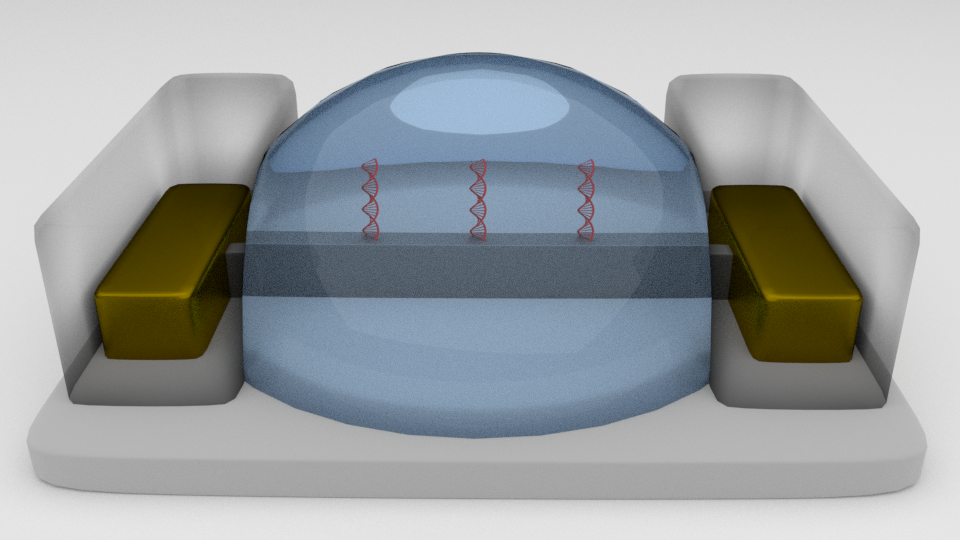Reliability and Robustness Characterization of Liquid-Gated FETs
PhD - Leuven | More than two weeks ago
A liquid-gated Field-Effect Transistor (FET) is an extremely versatile type of sensor that can be tuned to detect various entities in a liquid environment ranging from ions like pH, Na+, K+ etc. to biomolecules such as DNA and proteins. Furthermore, current state-of-the-art manufacturing allows the integration of nanoscale FETs at exceptionally high densities of about 1 billion on a single chip. Its versatility combined with its proven track record in massively parallel integration makes it a very promising sensor platform for a plethora of applications in agriculture, food industry and the life sciences. More specifically, applications can range from multi-parameter process monitoring, single-cell studies to massively parallel reading of DNA and potentially even proteins.
The working principle of a liquid-gated FET sensor is comparable to a standard CMOS FET apart from the solid-state metal gate which is replaced with a liquid gate. The liquid gate consists of a reference electrode inserted in a liquid solution which is in direct contact with the gate of the FET. Applying a voltage to the reference electrode therefore changes the resistance of the FET channel like a MOSFET. This means that a liquid-gated FET is a device that is sensitive to the charge distribution and the dielectric environment at the liquid-gate interface. Any entity that changes the charge distribution or dielectric environment at the liquid-gate interface will result in a FET signal typically represented as a drain current change or a threshold voltage shift. This signal can be introduced due to the targeted entity, but it could as well be an undesired effect introduced by parasitic effects caused by the liquid environment. These unwanted effects can result in FET sensor threshold voltage drift, instabilities and device degradation in general. However, these effects are still poorly understood and are one of the main hurdles to overcome for liquid-gated FET sensors to become widespread applicable.
The goal of this PhD is to perform an in-depth investigation of the various degradation mechanisms of liquid-gated FETs, such as Bias Temperature Instability (BTI), threshold voltage drift, dielectric breakdown, ion adsorption, corrosion, and dissolution. The degradation mechanisms of liquid-gated FETs remain largely unstudied compared to their solid-state counterparts. An in-depth understanding of these mechanisms and the identification of the most relevant degradation origin for liquid-gated FETs is of key importance for breakthrough applications.
Required background: Electrical Engineering, Nanotechnology Engineering, Physics
Type of work: 65% experimental, 30% modeling, 5% literature
Supervisor: Kristof Croes
Co-supervisor: Koen Martens
Daily advisor: Sybren Santermans
The reference code for this position is 2026-052. Mention this reference code on your application form.
